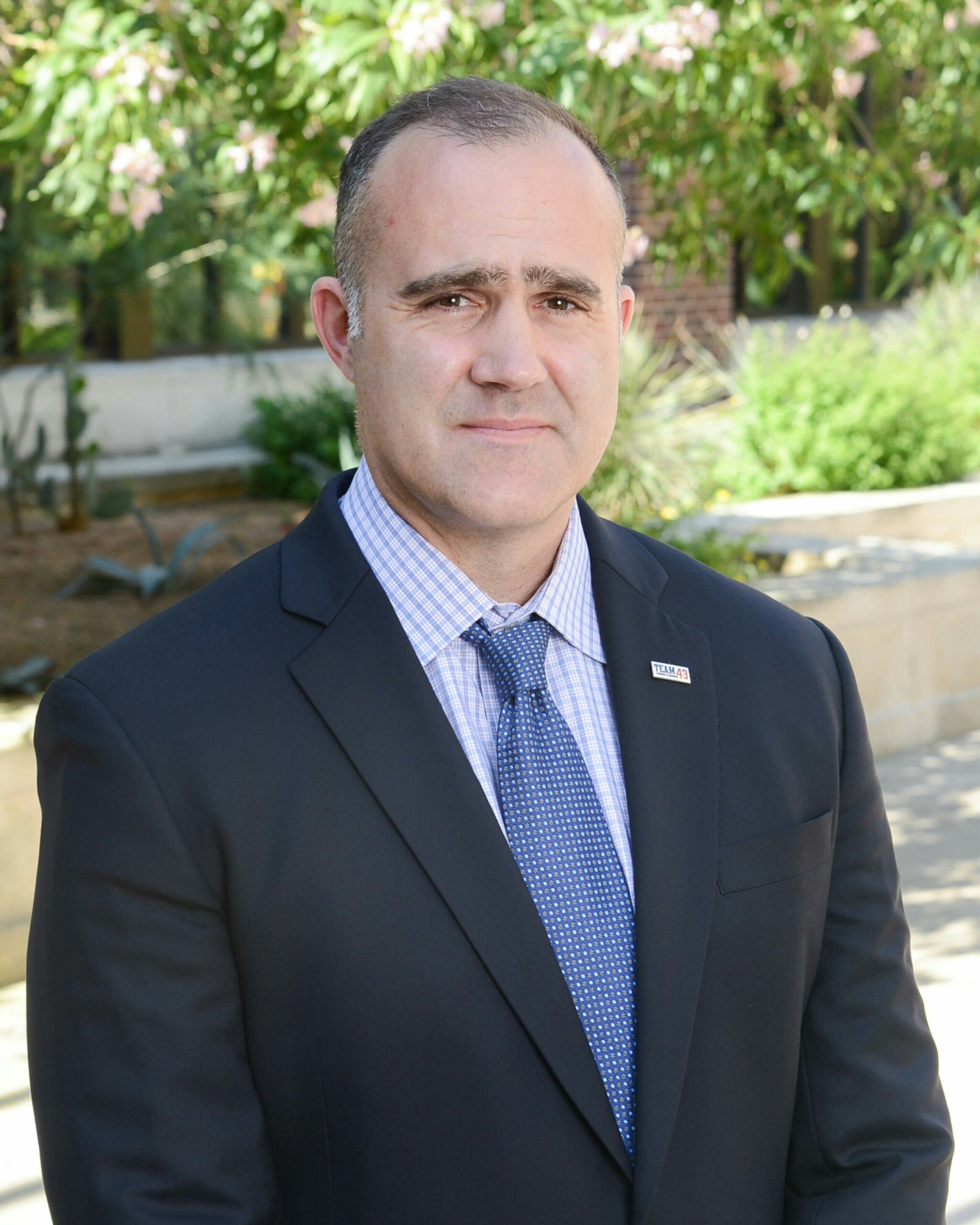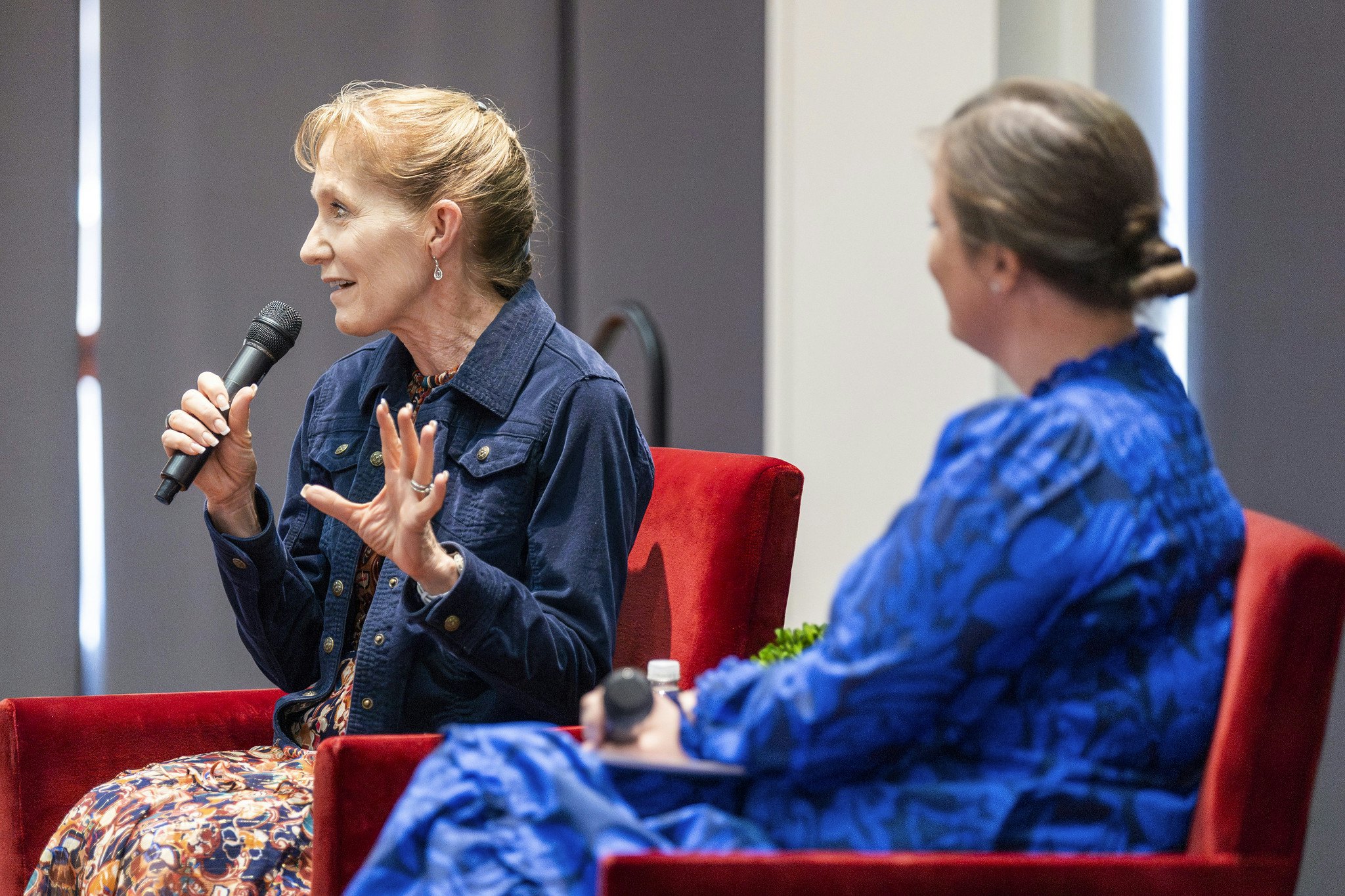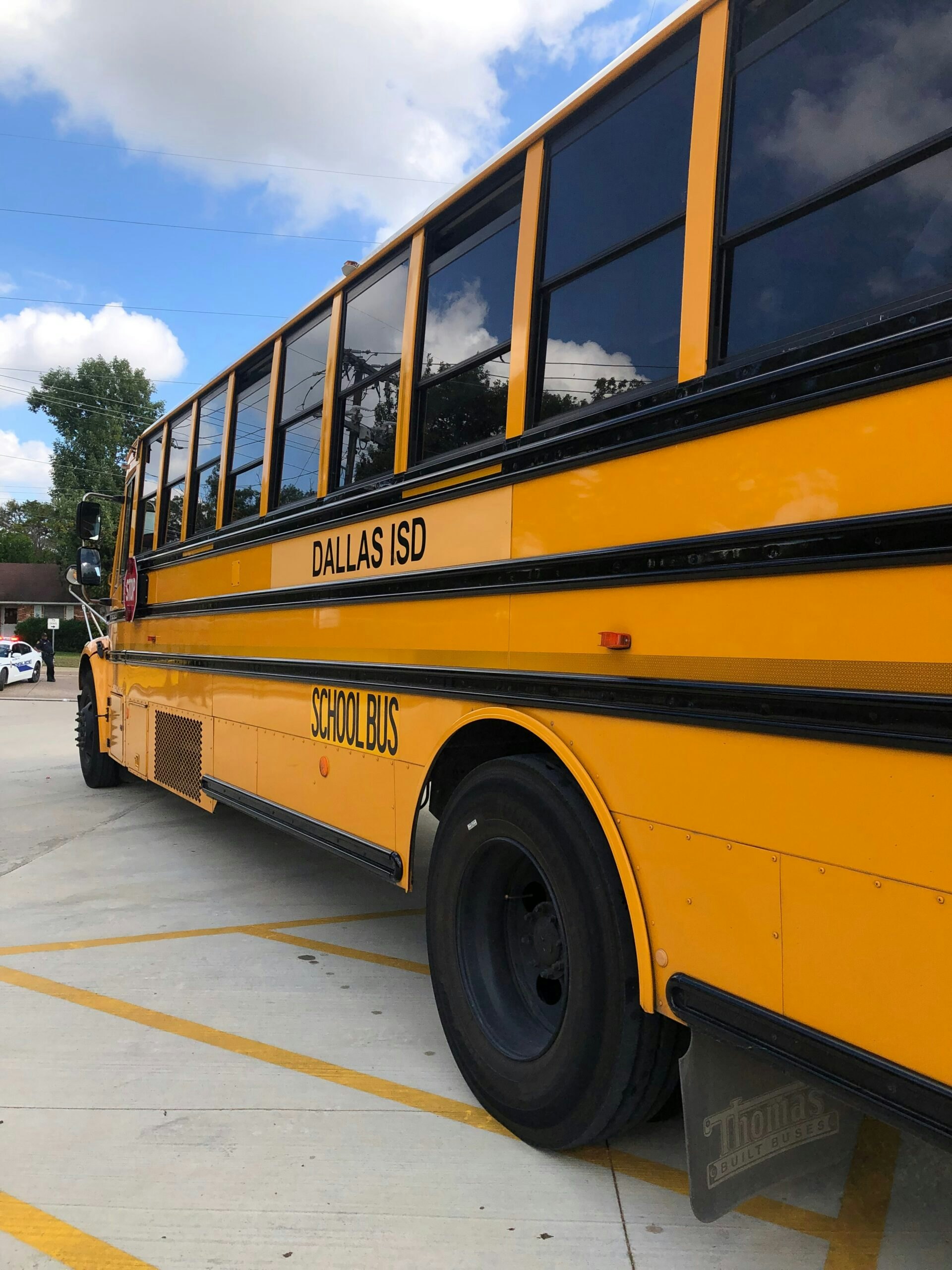Our Recommendations:
- Governors should lead assessments of the current state of veteran and military family support systems
- State education leaders should accelerate educational pathways, particularly into licensed professions
- State legislatures should remove onerous professional licensing requirements
- The veteran-supporting community should push a narrative that veterans are a resource
About 3 million members of the U.S. Armed Forces deployed to Iraq, Afghanistan, and other locations between the attacks on 9/11 and the 2021 withdrawal from Afghanistan. More than 200,000 military servicemembers return to civilian life each year. Some veterans and military families face challenges during their transition. These include finding meaningful careers and the educational pathways to get there, as well as accessing help for physical and mental health problems.
State and community leaders have specific and integral roles to play in ensuring servicemembers transition to civilian life smoothly. As they chart a course to the next chapter of their professional and personal lives, many veterans face barriers to employment due to onerous licensing requirements. These requirements are not consistent across our Nation and in many ways impact the ability, and the willingness, of the servicemember and their family to move to specific locations. These are lost opportunities, as each state needs to attract the right talent to ensure its economic vitality. State leaders and legislators with a focus on employment, educational pathways, and health and well-being need to do more to facilitate these transitions.
Governors should lead assessments of the current state of veteran and military family support systems
Led by the governors’ offices, states should assess how well they foster high-quality integration between the public, private, nonprofit, and philanthropic sectors to best support veterans and their families. Currently, many rely exclusively on state Veterans Affairs systems of care, which focus on advocacy and education and how to access federal and state benefits, high-quality long-term nursing care, and burial honors.
Critical to this assessment is the level to which states, and their communities, integrate access to resources. Organizations including Combined Arms, America’s Warrior Partnership, and AmericaServes at the D’Aniello Institute for Veterans and Military Families at Syracuse University have developed effective models to facilitate access to a wide array of available resources by the veteran and their family. These include employment, education, housing, financial, mental health, family, and transportation support. These systems are easier to navigate than the traditional one, which forces the individual to journey through a complex marketplace of offerings. And the organizations deliver their services within a case-based model that promotes accountability for stated outcomes and performance.
State education leaders should accelerate educational pathways, particularly into licensed professions
State legislators and educational institutions should consider ways to help more veterans enter licensed professions through legislation and programmatic changes. Health care and the teaching professions in particular deserve attention because of labor shortages in those areas and their difficulty in attracting and retaining veteran and military family talent.
The nursing shortage has been serious for decades. By 2030, the Nation will need 1.2 million new registered nurses to make up for projected shortfalls, according to a 2021 Call of Duty Endowment position paper. Almost a third of registered nurses surveyed by McKinsey Consulting revealed that they were considering leaving their current role as of February 2022, a 10 percentage-point increase from a survey done a year earlier. The COVID-19 pandemic exacerbated staffing shortages already affected by turnover, low compensation, and the pure toll of being a front-line health care worker.
Leveraging the almost 12,000 medically trained servicemembers, and their families, who transition from the military every year would help bolster the ranks of medical professionals. Most of these veterans and family members want to be employed in the health-care sector yet face barriers to do so.
Accelerated educational pathways at state universities are one solution. The Texas Tech School of Nursing is a great example with its Veteran to BSN program (VBSN). Designed to build upon the education and experience gained while in service, the VBSN track takes 12 months and provides advanced placement based on individual experience and demonstrated skill.
Another area of opportunity is in support of K-12 teachers. Nationwide, there is an estimated shortfall of more than 36,000 full-time teachers, a recent report from Brown University showed. However, it found that the most severe conditions appear to be localized in nine states – Alabama, Hawaii, Kansas, Maine, Mississippi, Montana, New Mexico, West Virginia, and Wisconsin. To address this and leverage the existing leadership skills of veterans and military families, state legislators can provide the support necessary through state educational boards to consider accelerated pathways into this career field. Notable efforts nationwide include New Jersey’s via VETeach, which provides the guidance necessary for implementation and accountability.
State legislatures should remove onerous professional licensing requirements
States play a key role in fostering the conditions necessary to enhance economic mobility. They also control one of the conditions causing a barrier to this mobility – professional licensing requirements. Allowing licensed professionals to practice across state lines would ease restrictions that prevent qualified people from moving.
This barrier limits the thousands of veterans and their families with extensive medical training who want to fill these roles yet are prevented by onerous state licensing requirements. As the 2021 Call of Duty Endowment position paper notes, enduring shortfalls in staffing of medically trained personnel is particularly problematic for critical health care systems and the social safety net.
This is rich territory for state legislatures and state workforce agencies, which can assess the level to which their licensing structure enhances or inhibits attracting the talent they need.
Arkansas and North Carolina understand and publicize the value of military medical training/experience, and they are working to employ those assets in the civilian health care industry. Their licensure requirements reflect this understanding: They are streamlined and clearly communicated to veterans.
For example, North Carolina’s Emergency Medical Services home page provides an “Apply for NC Military Equivalency Credential” resource page that clearly communicates how veterans of each military branch can become EMTs in their state.
Utah’s Senate Bill 227, passed in 2018, allowed active-duty servicemembers and spouses who held a current license of good standing in another state to practice certain professions without obtaining the specific Utah license. This effort is a model for other states but needs to include measurement efforts by workforce agencies to determine how many other locations can leverage the opportunity.
Finally, states should consider collaborative models like PsyPact – the Psychology Interjurisdictional Compact – an agreement by many states to “facilitate the practice of telepsychology and the temporary in-person, face-to-face practice of psychology across state boundaries.” Thirty-four states have already signed on. Although the agreement is specific to licensed clinical psychologists, its structure could be emulated in other professions. It directly addresses a supply-demand gap in the delivery of tele-mental health by allowing for care across state lines.
The veteran-supporting community should push a narrative that veterans are a resource
The public, private, nonprofit, and philanthropic sectors should create coalitions to shift the narrative about veterans and their families. One that elevates them as a population of immense talent to be leveraged in businesses and communities, rather than one that requires support. Veterans, servicemembers, and their families all have important roles to play in our communities, and their stories should be elevated by organizations to help shift the narrative from one that is defeated to a proper representation of success and service.
Barriers to opportunity exist for our transitioning servicemembers, veterans, and their families. State leaders and legislators often say they care about veterans but must demonstrate this through their actions. It’s in the best interest of their states as well as those who served and their families to remove obstacles caused by licensing requirements. The state will benefit from the talent and leadership it needs in its businesses and communities, while veterans and military families can shape fulfilling lives in the civilian workforce.





























